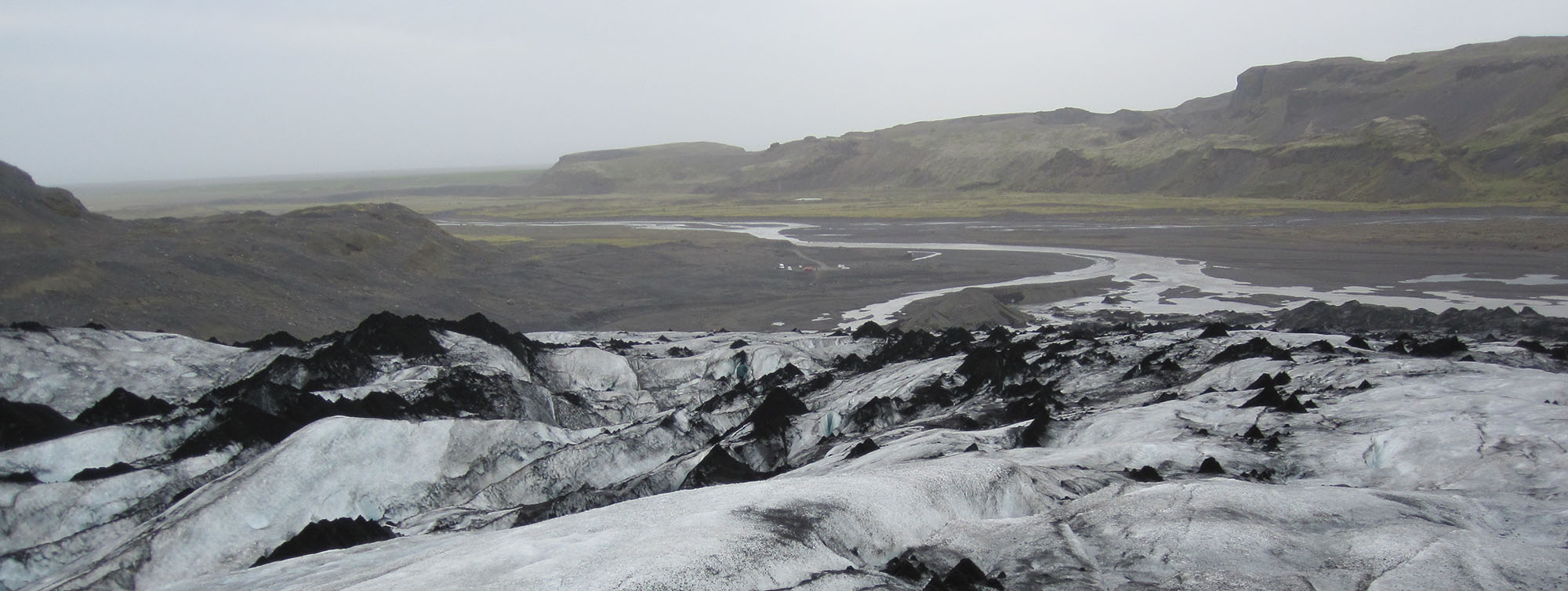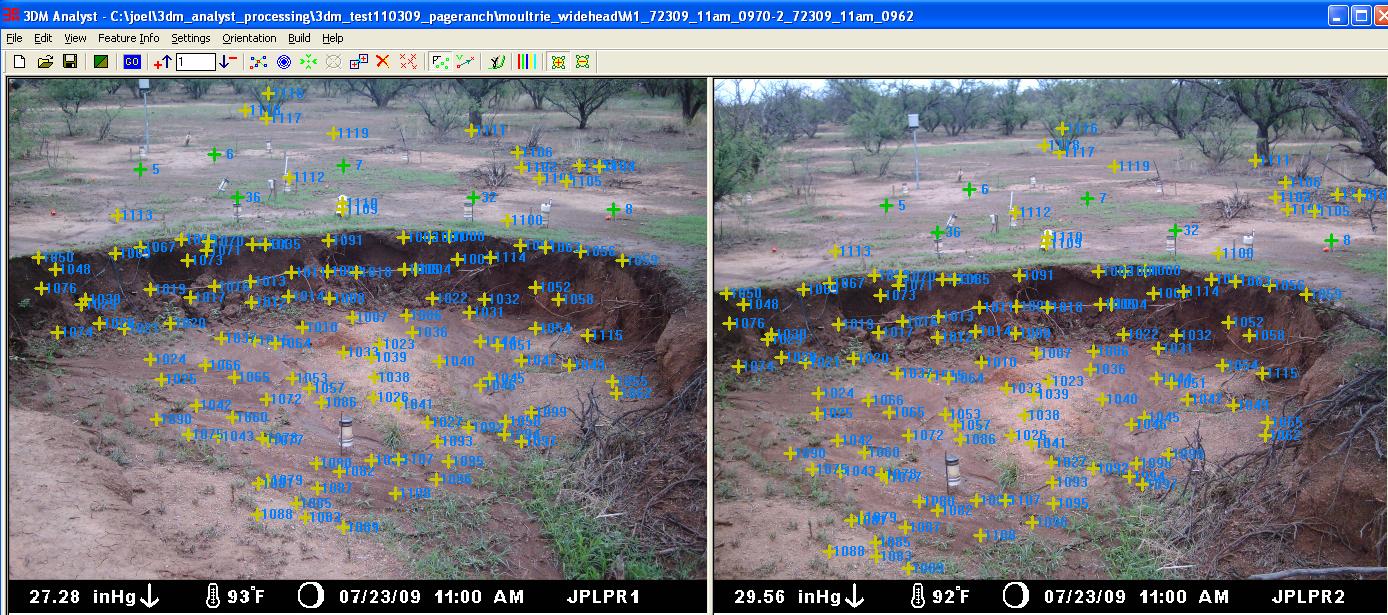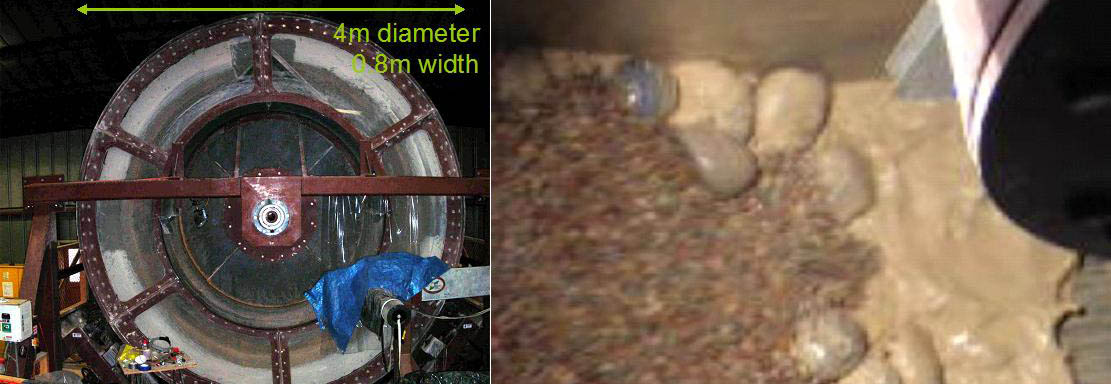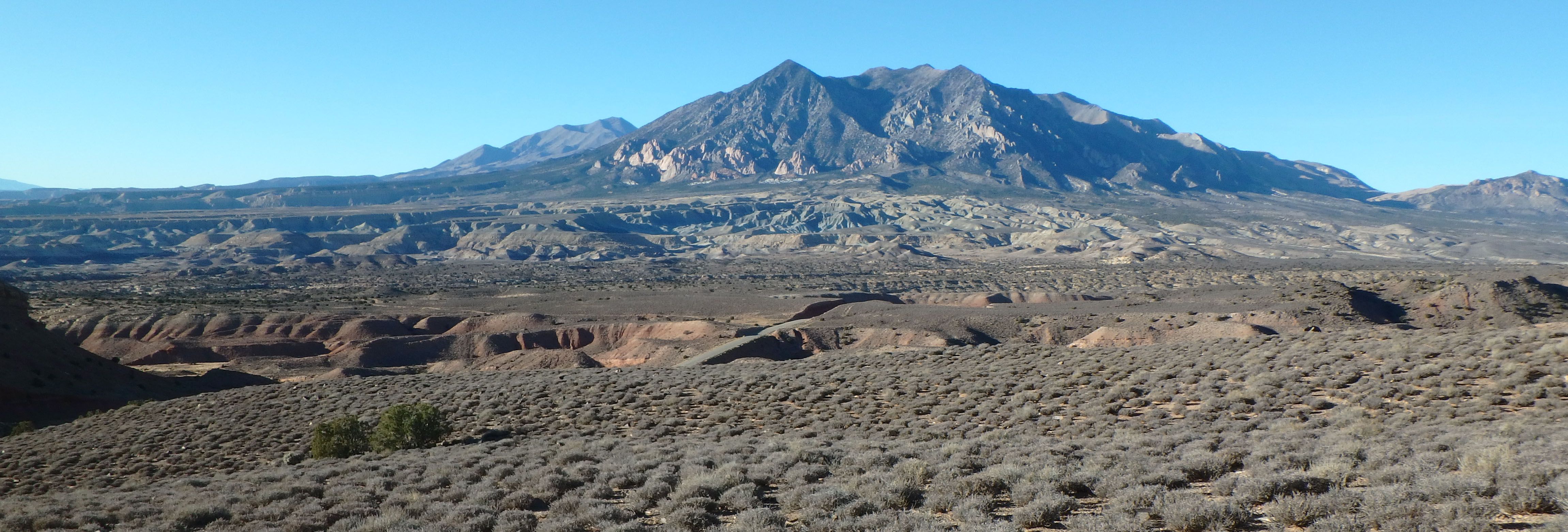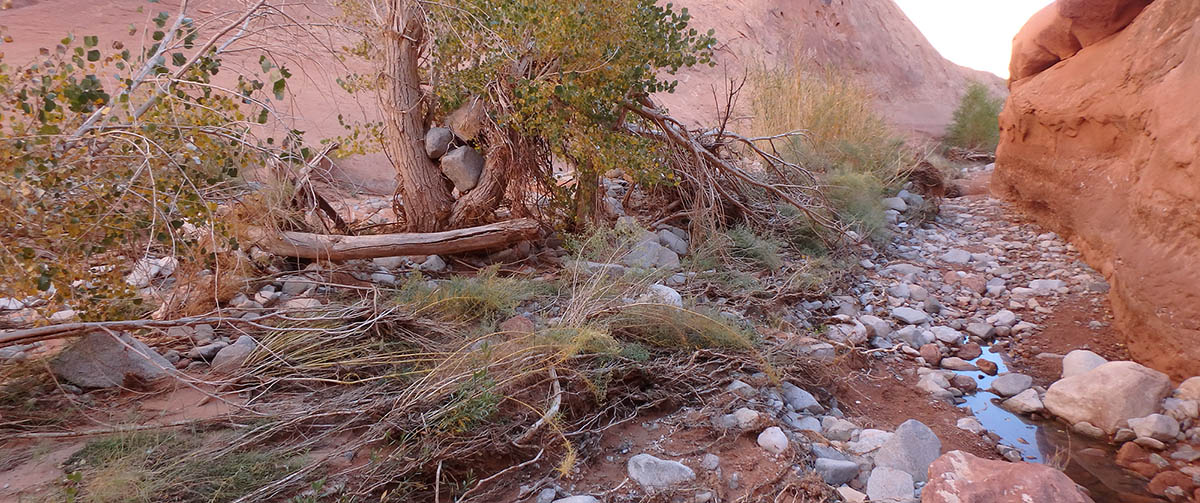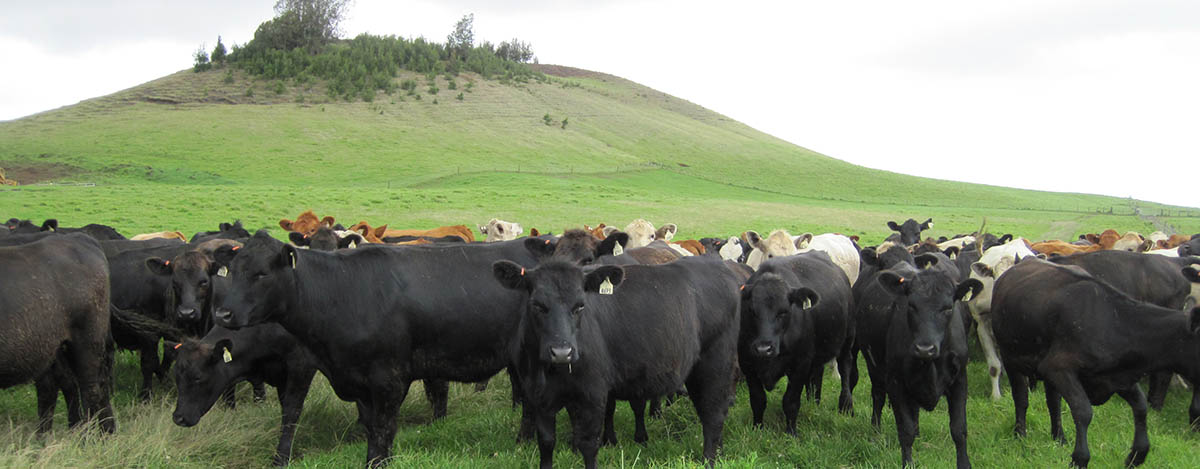Welcome! Please peruse my group’s website to learn a little about me, our research, and my activities in science education.
Research Themes and Motivations
Landscape evolution is caused by the cumulative interactions of many factors: climate, tectonics, bedrock properties, and surface processes that weather, erode, and transport rock. Feedbacks between mass transport and morphology are termed morphodynamics, and make topographic evolution both fascinating and challenging to understand. Surface topography exerts a first-order control on sediment and regolith transport, even as transport causes topographic evolution.
The overall goal of my group’s research is to enable better predictions of future landscape changes, and better interpretations of past changes, by disentangling and quantifying fundamental morphodynamic feedbacks. Themes include (1) exploring these feedbacks across a range of spatial and temporal scales, (2) separating interpretable signals from randomness (humans often incorrectly perceive meaningful patterns in randomness), and (3) understanding disequilibrium evolution of geomorphic systems, where quasi-equilibrium between driving forces and system response cannot be assumed. While many of my studies explore complete feedback loops, some focus on isolating individual links between forcing and response, such as quantifying how bedload transport statistics change during flood hydrographs.
At the spatial scale of landscapes, improved morphodynamic models are needed to better “read” the past history of climatic and tectonic forcing from topography. At the smaller spatial scale of mountain river reaches, morphodynamics describes interactions between bedload transport rate and channel morphology. A limitation of many existing sediment transport models is that they implicitly assume quasi-equilibrium conditions, such that the flux into a location balances the flux out and the local bed neither aggrades nor degrades (or only does so slowly). However, predicting channel changes during large floods requires models that describe strongly disequilibrium conditions. Disequilibrium sediment transport also dominates extreme events such as tsunamis and hurricane storm surges.
While my research is fundamentally motivated by basic curiosity about how our Earth works, it is also important to me that humans, and other species too, can potentially benefit in tangible ways from this basic research. For example, humans are most strongly affected by natural systems undergoing shorter-term disequilibrium changes. While better constraints on flood and tsunami hazards are clearly relevant to humans alive today and to our children, our understanding of Earth surface processes and feedbacks over much longer timescales matter too—hopefully our species will be able to continue thriving globally over future “geological” timescales.
Methodologically, my group’s research involves a little bit of everything–field work, laboratory experiments and numerical model development. Please see the “Research” tab for specifics of projects organized into three different categories: climatic and lithologic controls on landscape evolution, mountain river morphodynamics (with smartrocks!), and using tsunami and storm deposits to quantify flow depths and velocities.





